Peculiar Objects
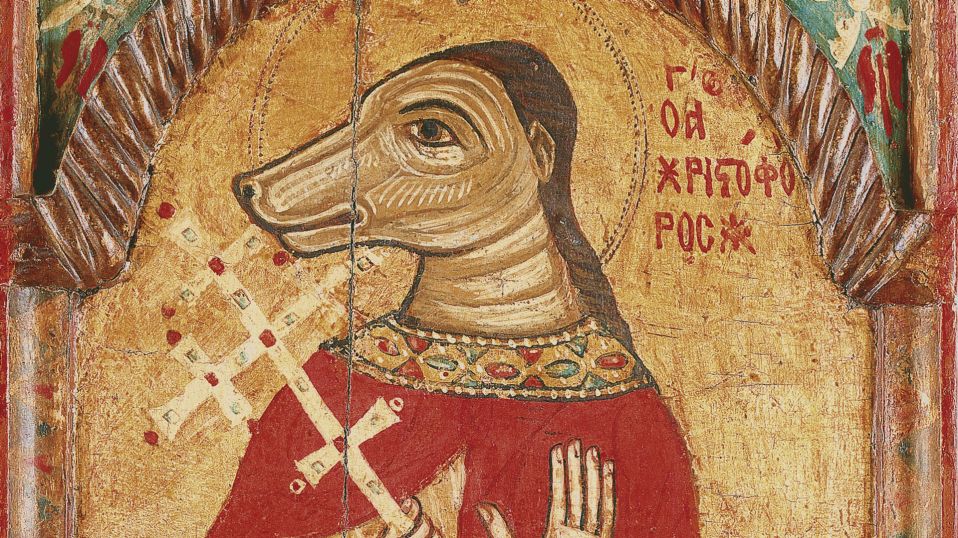
In the permanent Exhibition of the Byzantine & Christian Museum we can see various objects which describe to us different aspects of life of the people that lived in Byzantine and post-Byzantine era. Some of these objects that now seem peculiar and unfamiliar raise questions about the way that they were made, about their use and / or about their importance.
Let’s discover them!
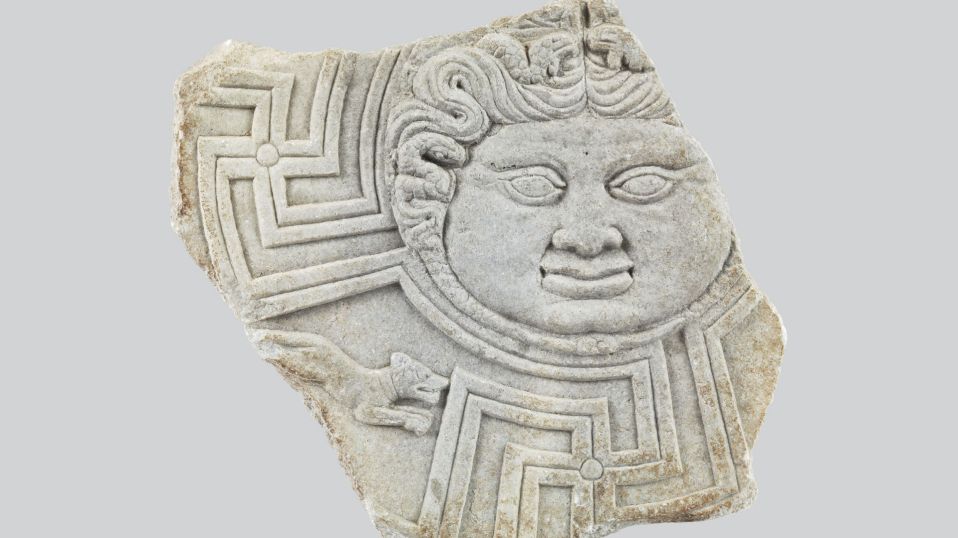
One of the most interesting and peculiar exhibits of the Byzantine and Christian Museum, the double-sided panel with a depiction of a gorgoneion (5th-6th c) and a cross at the other side (6th-7th c.) is presented in Museum’s permanent exhibition as a sample for the Christianization of the ancient sculpture that was used for the decoration of the temples of the new religion.
It was discovered in a Roman villa in Lechaion (Corinth) in 1894.
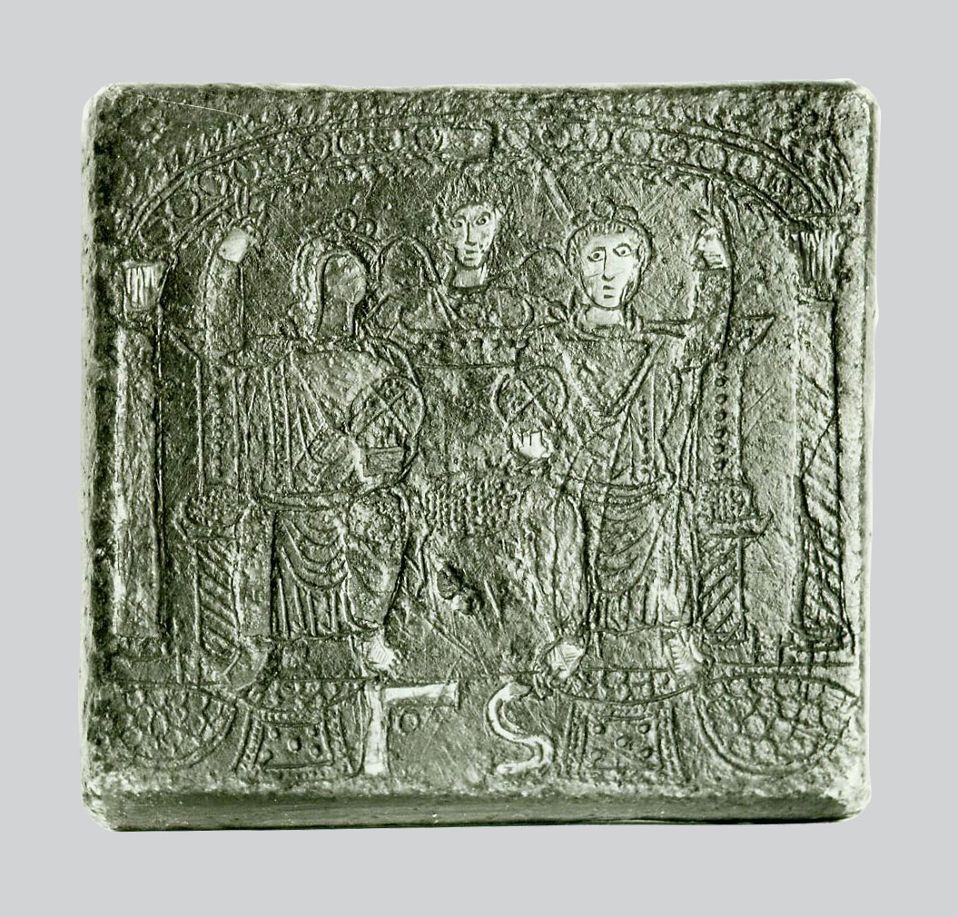
Made of stone, lead, glass, and above all bronze, the standard weights were used to weigh goods for sale and coins. In the icon: Imperial standard weight of bronze inlaid with silver, with a representation of the emperors Justin I and Justinian I. 6th c. Imperial standard weights were used to verify the weight of gold coins (solidi).
6th century.
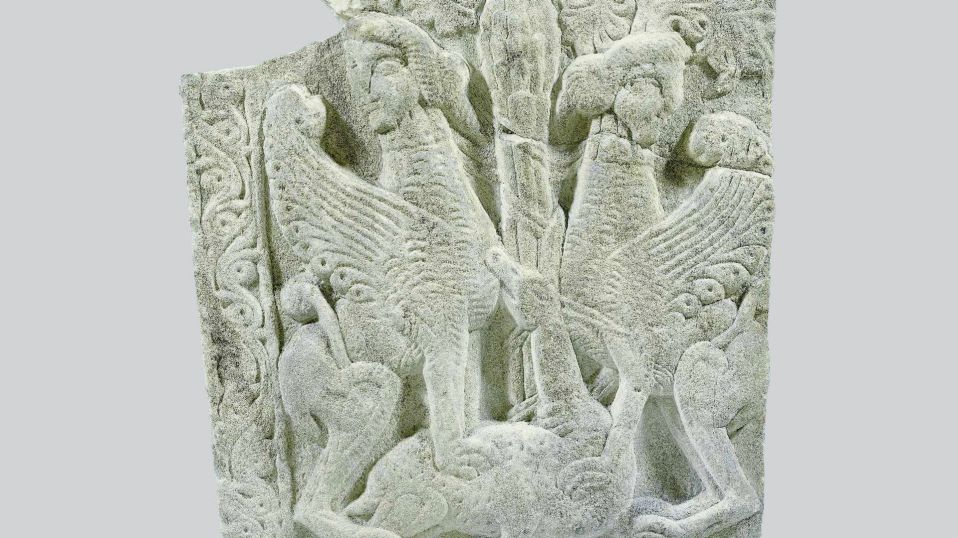
12th century. Marble closure panel in which a pair of confronted sphinxes are holding a deer in their claws with the Tree of Life between them. Sphinxes, winged mythical creatures with the head of a woman and the body of a lion were interpreted as symbols of wisdom and power by the Ancient Greeks and the Eastern civilizations. For the Byzantines, at least till 11th century, spinxes seem to have been identified with demons and their depiction in art was apotropaic-in order to expel the evil. The Tree of Life is also a symbol that is common in many religions. According to the Christian one, it is standing in the middle of the Paradise symbolizing eternal life and immortality.
12th century.
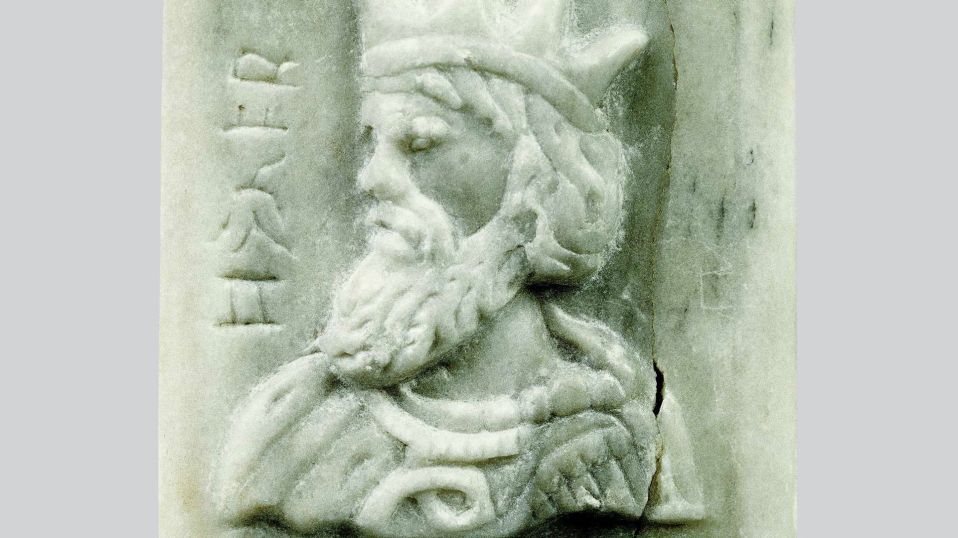
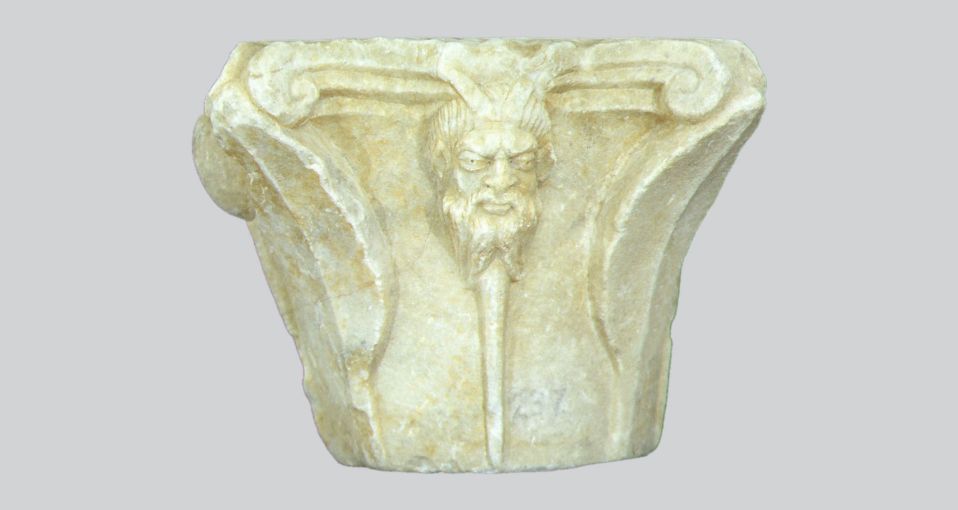
The capital which is from Zakynthos belongs to the Western decorative tradition of churches or other buildings with masks or other pagan motifs. The meaning of these decorative patterns was complex and somebody could understand it only if he knew the use of the building from which they came.
13th c.
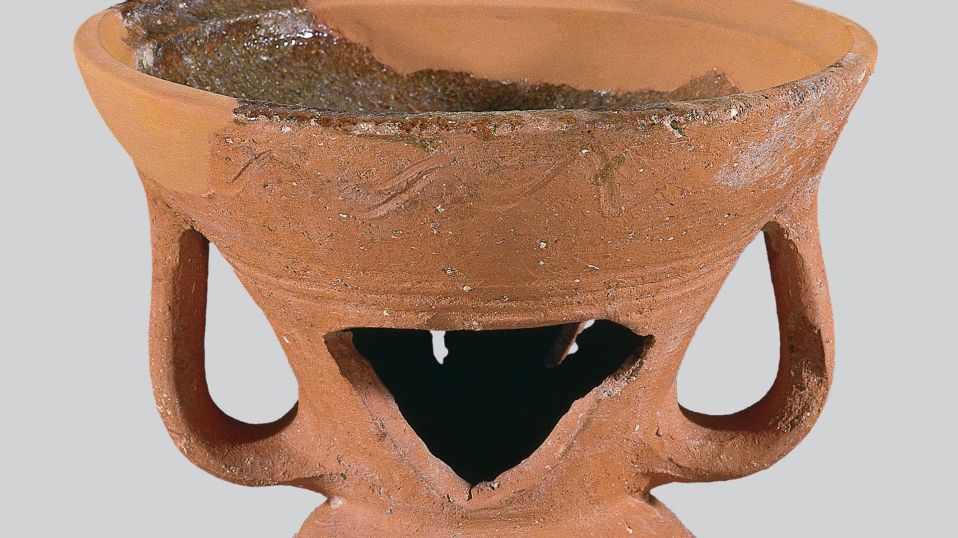
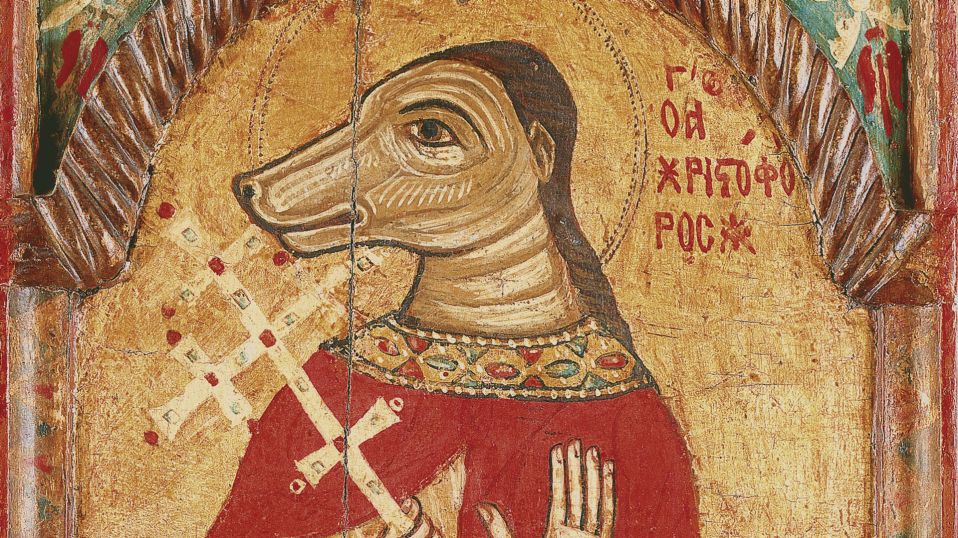
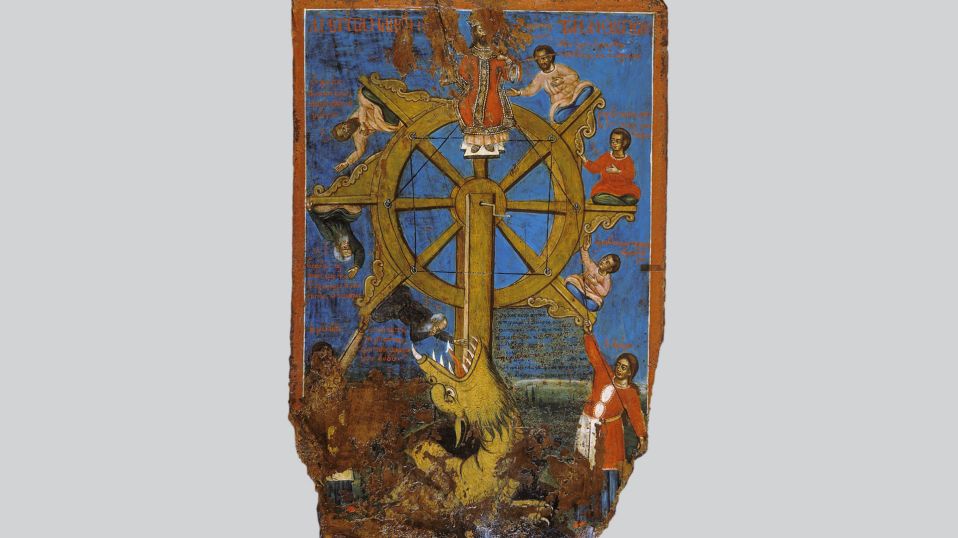
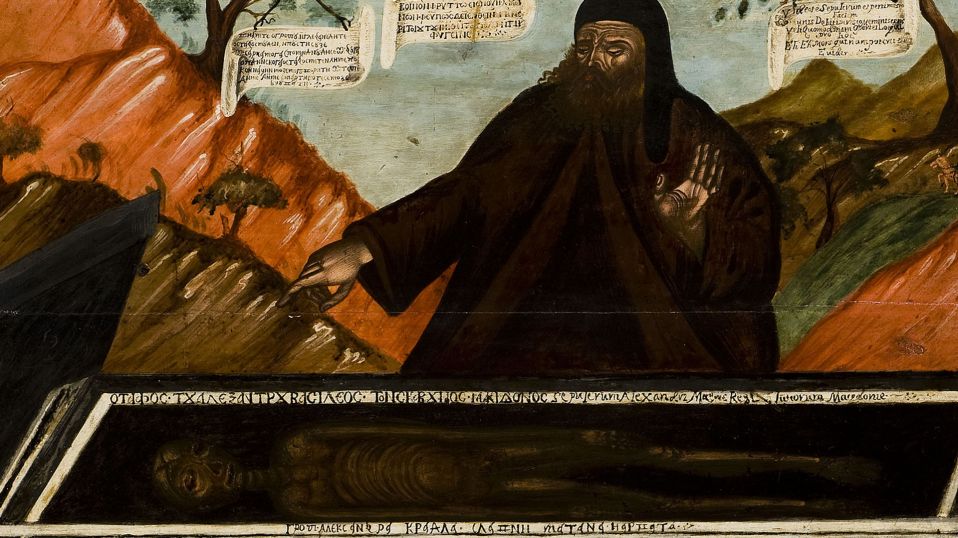
Sisoes, a hermit pursuing ascetism in Egypt is visiting the tomb of Alexander the Great. Looking at the dead hero he is meditating on the futility of earthly life.
Portable icon, late 18th-early 19th c. Probably from Dalmatia.
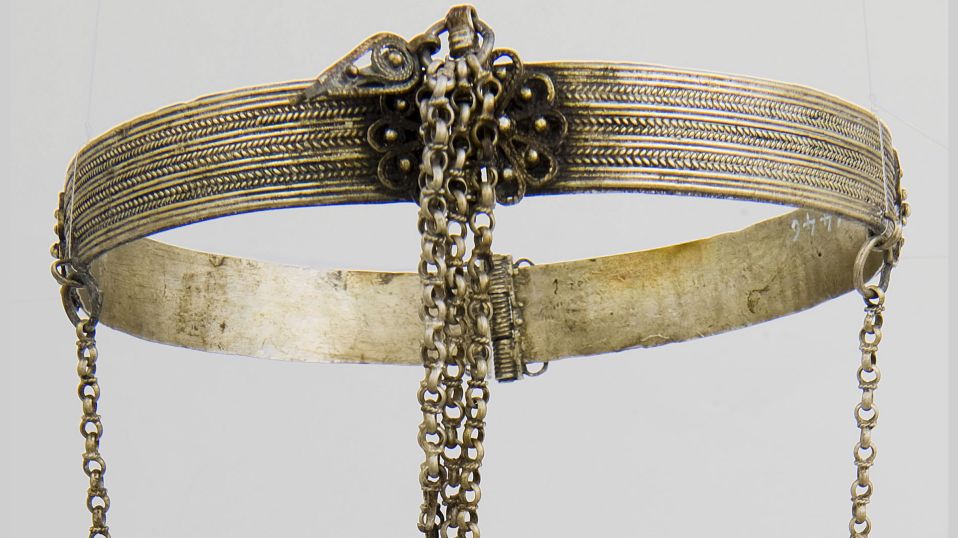
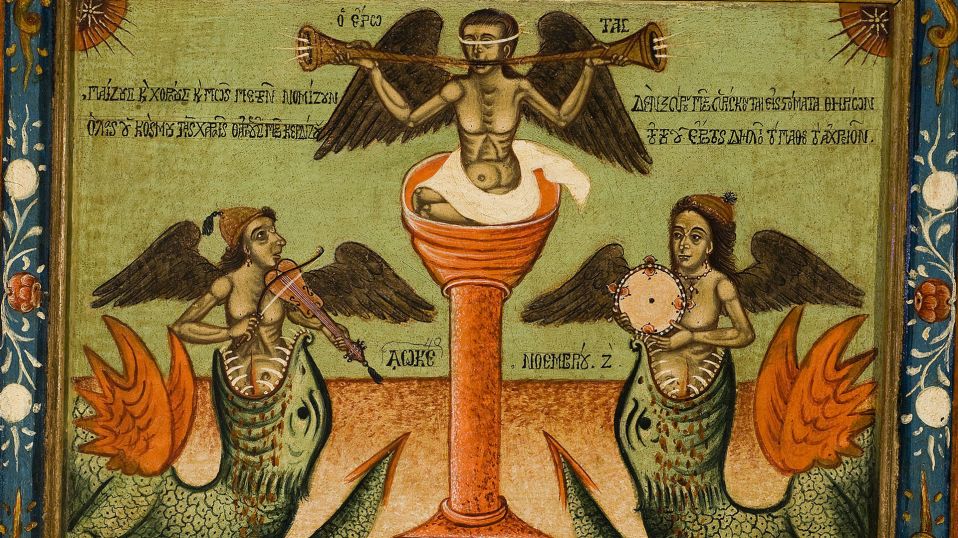
- Peculiar Objects
-
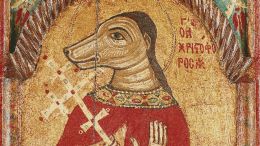
- Double-sided panel with a depiction of a gorgoneion
-
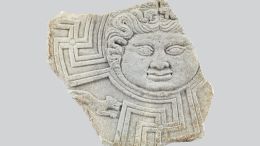
- Imperial weight
-
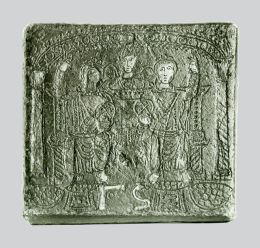
- Marble closure panel with sphinxes
-

- Marble sculpture in the shape of a closed book
-
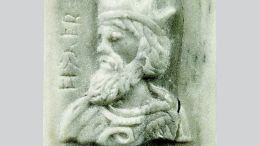
- Capital with horned head
-
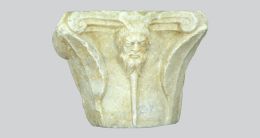
- Chafing dish
-
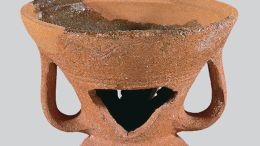
- St Christopher
-
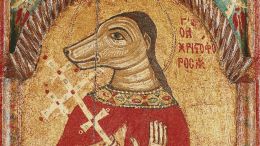
- The Seven Ages of Man
-
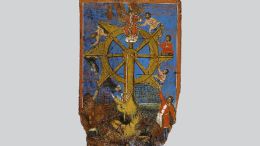
- Saint Sisoes in front of the tomb of Alexander the Great
-
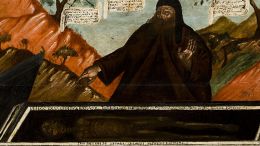
- Therapeutic Collar
-
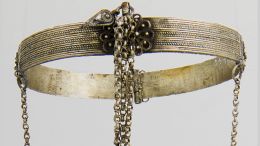
- Eros
-
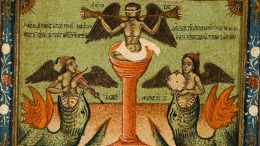
Comments
Users must be registered and logged in to comment.
No comments found.